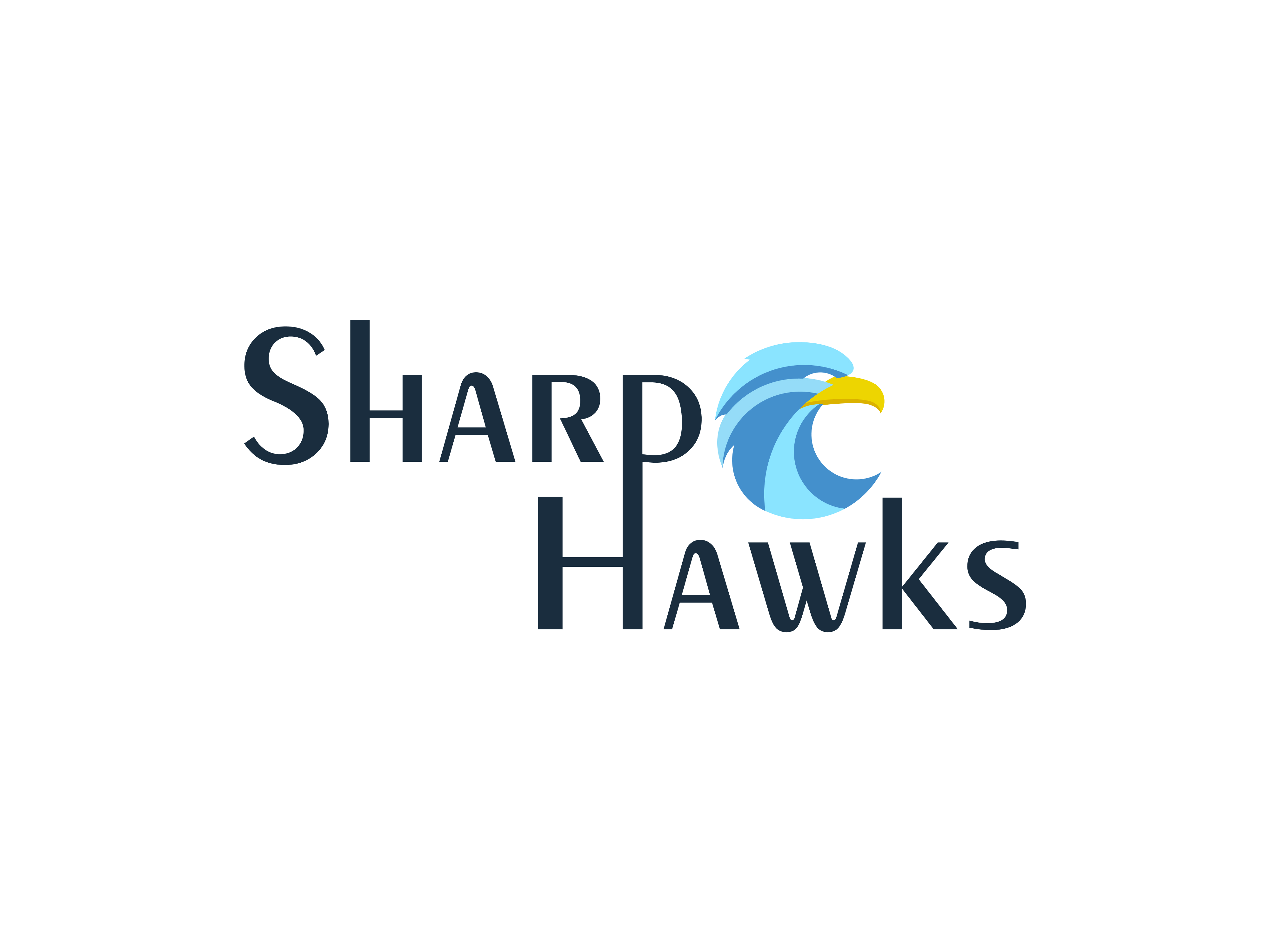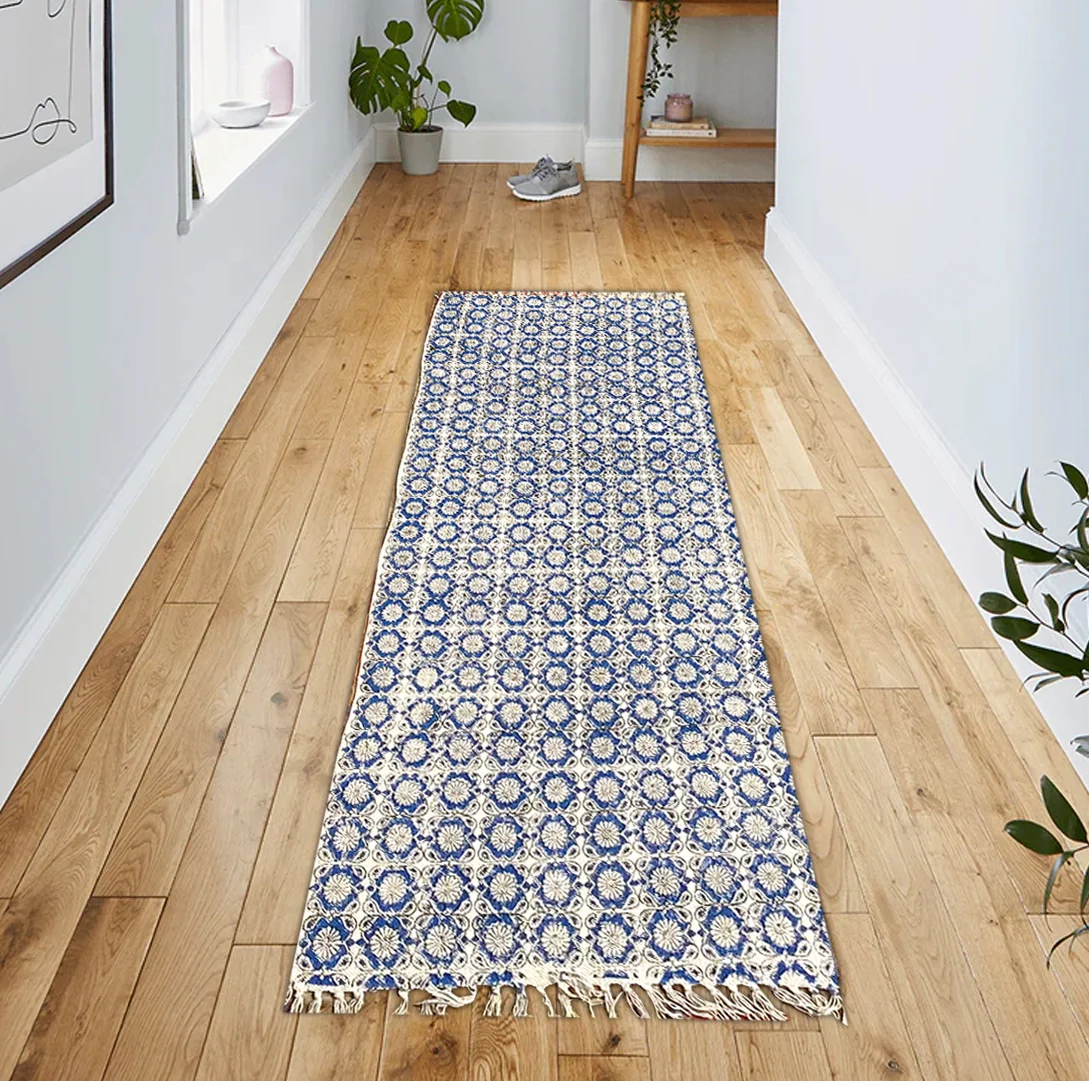Writing an MBA dissertation requires thorough research, structured analysis, and a clear methodology to support your arguments. The choice of research method depends on the dissertation topic, data availability, and objectives. Understanding different research methods can help students select the most suitable approach for their study.
This guide explores the primary research methods MBA students use, highlighting their advantages, limitations, and best practices.
What Are Research Methods in MBA Dissertations?
Research methods define how students collect, analyze, and interpret data. The methodology determines whether the study is qualitative, quantitative, or a mix of both. Choosing the right method is crucial as it impacts the reliability and validity of findings.
1. Qualitative Research Method
Qualitative research focuses on understanding behaviors, perceptions, and experiences. This method is ideal for exploring business trends, leadership styles, and customer behavior.
Advantages of Qualitative Research
-
Provides in-depth insights into complex issues.
-
Allows flexibility in data collection and analysis.
-
Helps explore new theories and concepts.
Limitations of Qualitative Research
-
Findings are subjective and may lack generalizability.
-
Requires careful interpretation to avoid researcher bias.
-
Time-consuming data collection and analysis.
Common Qualitative Research Techniques
-
Interviews: One-on-one discussions to gather detailed opinions.
-
Focus Groups: Small group discussions to understand collective perspectives.
-
Case Studies: Detailed analysis of business scenarios.
-
Ethnographic Studies: Observing people in real-world settings.
Qualitative research is useful for understanding managerial decision-making, brand perceptions, and corporate culture.
2. Quantitative Research Method
Quantitative research involves numerical data and statistical analysis to test hypotheses and draw objective conclusions. It is widely used in financial analysis, consumer surveys, and market research.
Advantages of Quantitative Research
-
Data is measurable and allows statistical validation.
-
Findings are objective and less prone to bias.
-
Suitable for large-scale studies with structured data.
Limitations of Quantitative Research
-
Lacks the depth of qualitative insights.
-
Cannot fully capture emotions or experiences.
-
Requires a strong understanding of statistical tools.
Common Quantitative Research Techniques
-
Surveys and Questionnaires: Collecting data through structured questions.
-
Experiments: Testing theories in controlled environments.
-
Regression Analysis: Examining relationships between variables.
-
Descriptive Statistics: Analyzing trends and patterns in numerical data.
MBA students often use quantitative methods to analyze consumer trends, market competition, and financial performance.
3. Mixed-Methods Research Approach
A mixed-methods approach combines qualitative and quantitative techniques to provide a comprehensive analysis of a research problem. It is commonly used in business studies where multiple perspectives are essential.
Advantages of Mixed-Methods Research
-
Provides both depth and statistical accuracy.
-
Balances numerical data with contextual insights.
-
Helps validate qualitative findings with quantitative evidence.
Limitations of Mixed-Methods Research
-
Requires expertise in both qualitative and quantitative techniques.
-
Can be time-consuming and complex.
-
Difficult to integrate two different data sets.
Common Mixed-Methods Techniques
-
Convergent Design: Collecting both qualitative and quantitative data simultaneously.
-
Explanatory Sequential Design: Using qualitative data to explain quantitative results.
-
Exploratory Sequential Design: Using qualitative findings to develop a quantitative study.
A mixed-methods approach is suitable for analyzing business decision-making, leadership effectiveness, and organizational change.
4. Secondary Research Method
Secondary research involves analyzing existing data, including reports, academic papers, and online databases. It is cost-effective and useful for trend analysis.
Advantages of Secondary Research
-
Saves time and resources.
-
Provides historical data for comparison.
-
Helps identify gaps in existing research.
Limitations of Secondary Research
-
Data may be outdated or unreliable.
-
Limited control over the research process.
-
Potential biases in the original data.
Common Secondary Research Sources
-
Government Reports: Economic, labor, and business data.
-
Market Research Reports: Industry trends and consumer insights.
-
Academic Journals: Peer-reviewed business research.
-
Company Reports: Financial statements and performance analysis.
MBA students often use secondary research to study market trends, competitor strategies, and economic impacts.
5. Action Research Method
Action research is a practical approach used to solve real-world business problems. It involves collaboration between researchers and organizations.
Advantages of Action Research
-
Directly addresses business challenges.
-
Encourages innovation and continuous improvement.
-
Provides immediate practical applications.
Limitations of Action Research
-
Results are specific to a particular organization or setting.
-
May lack theoretical depth.
-
Requires active participation from stakeholders.
Common Action Research Approaches
-
Problem Identification: Understanding a business issue.
-
Intervention: Implementing changes and analyzing results.
-
Evaluation: Assessing the effectiveness of solutions.
This method is widely used in organizational development, process improvement, and business strategy evaluation.
6. Longitudinal vs. Cross-Sectional Research
MBA students often choose between longitudinal and cross-sectional research based on their study’s timeframe.
Longitudinal Research
-
Tracks data over an extended period.
-
Useful for studying market trends and consumer behavior changes.
-
Requires long-term commitment and consistent data collection.
Cross-Sectional Research
-
Collects data at a single point in time.
-
Ideal for quick insights and comparative studies.
-
May not capture changes over time.
Both methods are effective for analyzing business performance, customer preferences, and industry growth patterns.
Choosing the Right Research Method for Your MBA Dissertation
Selecting the appropriate research method depends on several factors:
-
Research Objectives: Define whether you need numerical analysis, deep insights, or both.
-
Data Availability: Check whether primary or secondary data is more accessible.
-
Time and Resources: Consider feasibility based on the study’s timeline and funding.
-
Analytical Skills: Ensure you have the necessary expertise for data interpretation.
For students seeking expert guidance, Assignment Help in UK can provide structured support for dissertation research. Learn more about research methodologies and expert assistance here.
Similarly, if you need specialized guidance on dissertation writing, Dissertation Help in UK offers structured assistance for data collection, analysis, and presentation. Get expert help for your dissertation journey here.
Conclusion
Selecting the right research method is crucial for a successful MBA dissertation. Whether using qualitative, quantitative, or mixed methods, students must ensure their methodology aligns with research objectives. Understanding the advantages and limitations of different techniques can help MBA students produce high-quality, credible dissertations.
By following a structured research approach, students can ensure their dissertations contribute valuable insights to the business field.








